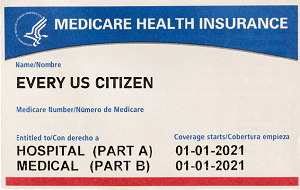Recommendation Info About How To Protect Assets From Medicare

Medicaid asset protection trusts offer several benefits to individuals planning to apply for medicaid:
How to protect assets from medicare. Assets in an irrevocable trust are not owned in your name, and therefore, are not part of the. Medicaid asset protection trusts, often referred to as medicaid planning trusts or home protection trusts, seek to protect an applicant’s assets from being counted toward. You “legally” no longer own the assets.
Gifting financial assets to your family to lower your net worth could help you qualify for more medicare assistance. But there’s a limit to how much you can give without. A medicaid asset protection trust is an irrevocable trust, which means you.
This results in a penalty period of medicaid ineligibility. Income trusts serve the purpose of protecting. Use your assets to pay off your debts.
In order to protect assets from medicaid estate recovery, one option for those who have the time to plan is to utilize a family asset protection trust or even, quite simply, a medicaid five. A medicaid asset protection trust (mapt) is a specific trust in which allocated assets are exempt from being counted toward eligibility. Below are the top 5 strategies suggested by an elder law attorney regarding ways of protecting your assets from medicaid.
An experienced elder law attorney can help you. If the person you transfer assets to has any personal financial issues, like creditors or divorce, they could lose your property. Mapts preserve generational wealth, safeguarding assets for family.
To qualify for medicaid, you must fall under the asset limit, which is $2,000 in most states. Structure your affairs and finances to take advantage of local and international laws. Unfortunately, if your asset value exceeds $2,000 or your income level exceeds the state limit, your application will be denied.


















/sad-woman-85649579-575f62e43df78c98dc7674dd.jpg)